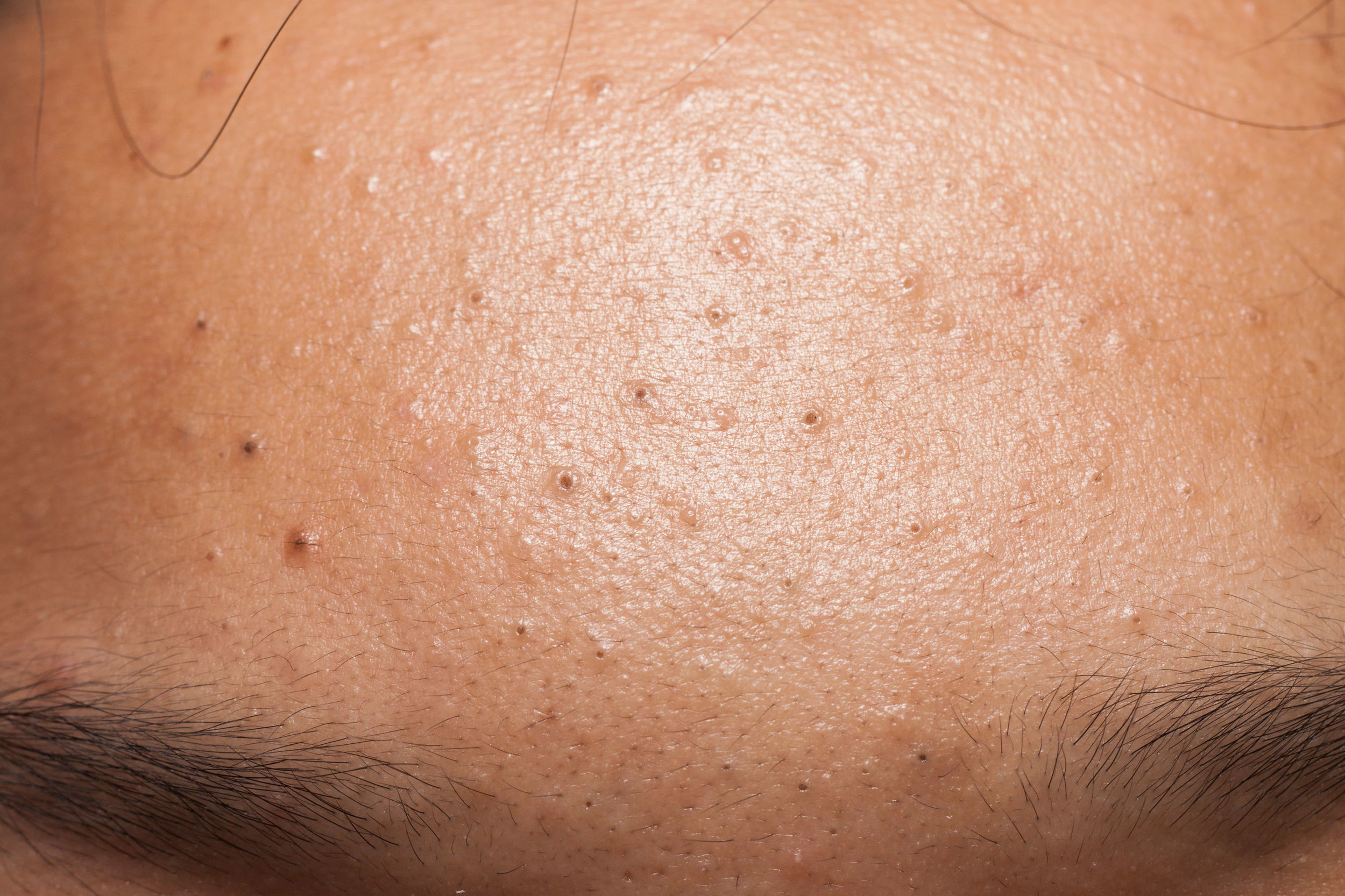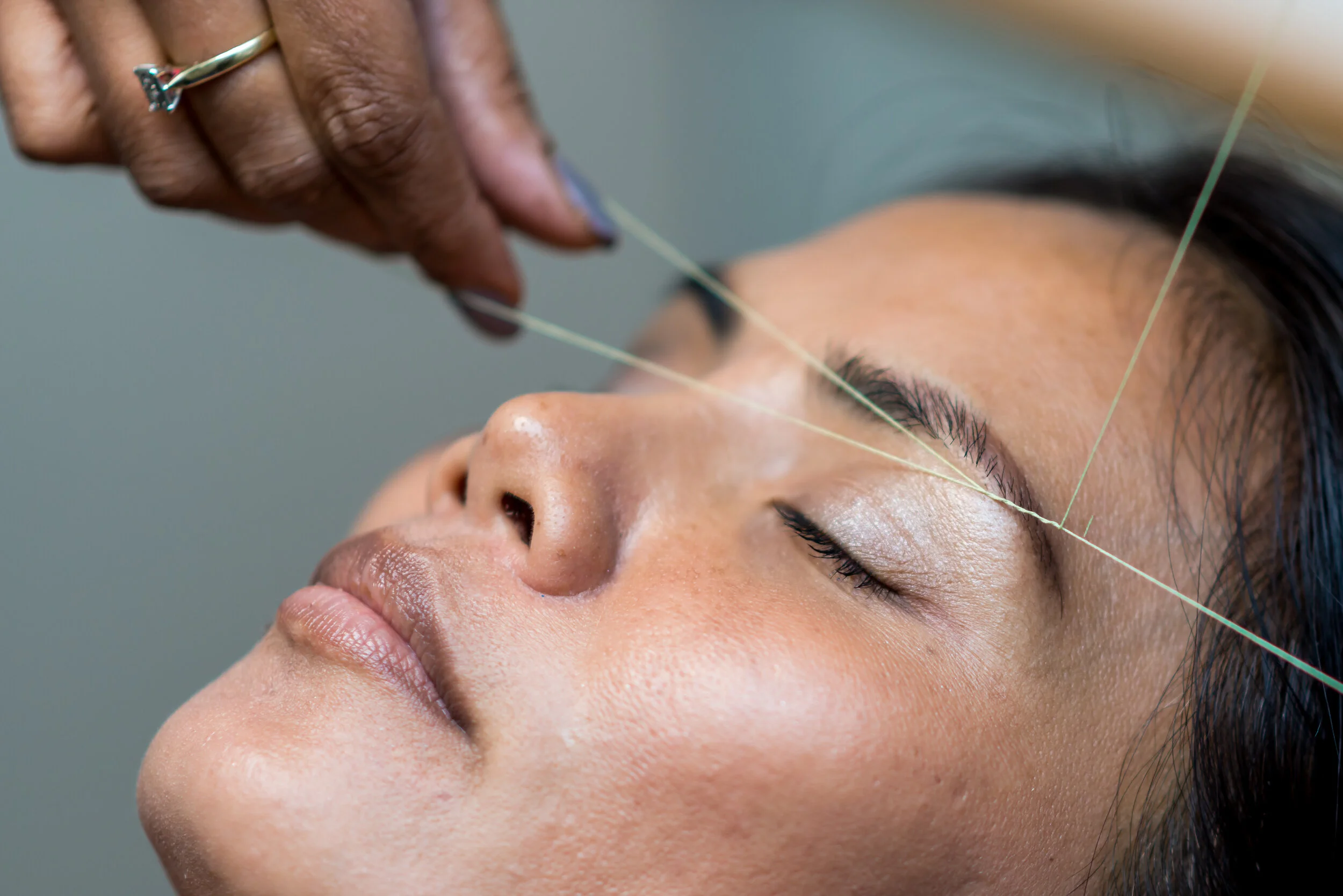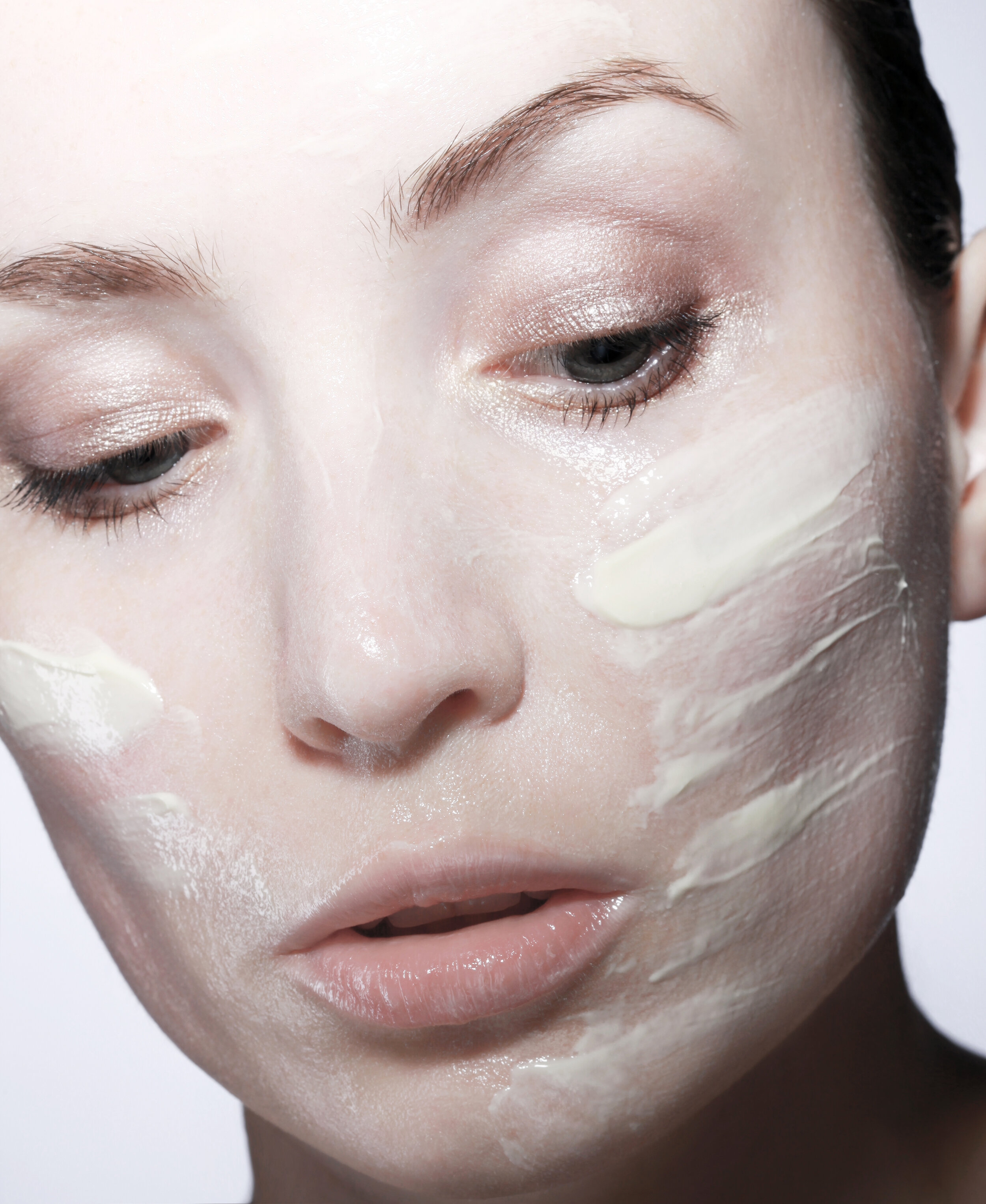Fungal acne does not exist but here is how to treat Malassezia Folliculitis
/Fungal acne is the new buzz term in the beauty world and everyone and their Moms think they have fungal acne right now. But fungal acne doesn’t even exist! Literally, it’s not a thing y’all. So if you jumped on the fungal acne bandwagon and are now convinced that your acne is caused by fungus, read on.
ACNE CANNOT BE CAUSED BY FUNGUS
Just the very term ‘fungal acne’ is a contradiction in terms because acne is defined as a chronic condition caused by a genetic dysfunction called Retention Hyperkeratosis (RH). RH is a disease that causes an overproduction of skin cells to get backed up in the follicle which then creates little acne “seeds” called microcomedones. These seeds then grow like a flower due to a number of internal and external factors like diet, products, and bacteria called triggers. If the seed becomes big enough to rupture the follicle wall, inflammation sets in but inflammation is just a symptom of acne, not the cause of it. So acne is a formation of lesions formed primarily by dead skin cells, not fungus.
WHAT EXACTLY IS ‘FUNGAL ACNE’ THEN?
What is inaccurately referred to as ‘fungal acne’ is actually a condition called pityrosporum folliculitis or malassezia folliculitis (MF). MF and acne both occur in the hair follicles but unlike acne which is caused primarily by an overgrowth of dead skin cells, malassezia folliculitis is caused by an overgrowth of yeast called malassezia. We actually all have yeast and bacteria all over our skin and inside of our bodies and they serve important functions but MF develops when this particular fungus (yes, it is a fungus) proliferates for a number of potential reasons. Antibiotic usage can kill all of the “good bacteria” in our bodies and cause a yeast imbalance. And similar to acne mechanica, prolonged heat and moisture caused by occlusive clothing like tight, sweaty exercise clothes can also cause yeast overgrowth.
WHY DO THEY CALL IT FUNGAL ACNE IF IT’S NOT ACTUALLY ACNE?
Two words: ignorance and confusion. Even the most highly paid beauty bloggers and influencers are so freakin’ ignorant about acne that they just refer to any type of bumps on the skin as acne. It’s also easy to confuse the two because there are 7 different types of acne and one type of acne, non-inflamed acne, looks similar to MF because they both look like small bumps under the skin. This is a tricky type of acne that most people don’t identify as acne because it’s not big or red. A lot of people don’t even refer to it as acne, they refer to it as “texture” and I have even had some clients who have been mistakenly told by their Dermatologist that it’s an allergic reaction! If the skin doctors have trouble discerning the different types of bumps on our skin then it’s no wonder there is so much garbage information out there.
HOW DO I KNOW IF IT’S FUNGUS OR ACNE?
A fungal infection like MF can look so similar to non-inflamed acne that it can be hard to tell the difference. The only way to know for sure if you have MF is to have it checked and examined under a microscope by a Doctor but here are some hints:
Does it itch?
Acne does not typically itch and MF does. The only time you will have itchy acne is if you have an inflamed acne lesion but that kind of itching is typically mild and doesn’t last a long time. And if it is inflamed acne, it will be swollen, red, and maybe full of pus so it will look very different from the small uniform bumps that characterize MF.
Pattern
MF bumps tend to appear in clusters and are uniform in size whereas acne tends to be randomly distributed and appears in varying sizes.
Is there a head or a core?
All types of acne start with a little “seed” called a microcomedone that is made up of mostly dead skin cells so all of the 7 types of acne have a grain-like seed inside of or on the surface of the skin.
FOREHEAD BUMPS ARE USUALLY CAUSED BY THIS
Lots of bloggers and influencers who talk about fungal acne claim that it usually appears on the forehead. But MF is actually more common on the body than it is on the face. It’s more likely that your forehead bumps are caused by Retention Hyperkeratosis and triggered by comedogenic hair products. I say triggered because acne, regardless of what type or where it is located, is always caused by RH. If you are genetically prone to acne and are using a shampoo, conditioner, or hair styling product that contains one of these pore-clogging ingredients or you have recently gone to the hair stylist or gotten your hair blown out and they used a comedogenic product in your hair, you are likely breaking out from that. We have a whole Pinterest board with acne-friendly hair product recommendations that you can check out but make sure to double check the ingredients of every product (even if I suggested it!) before purchasing since products get reformulated all the time.
HOW IS FUNGAL ACNE TREATED?
Only your Doctor can diagnose and propose a treatment for your MF but it’s usually treated with one or a combination of these:
Lifestyle adjustments
Avoiding saunas, sun exposure, and steaming
Wearing loose fitting clothes
Changing sweaty workout clothes right away
Showering immediately after exercisingAnti-fungal shampoo or body wash
You might be prescribed a shampoo that contains selenium sulfide, pyrithione zinc, or ketoconazole like Selsun Blue or Nizoral.
Oral anti-fungal medication
Prescription topical creams
HOW TO GET RID OF ACNE ONCE AND FOR ALL
Hopefully you have a better idea after reading this whether or not you actually have “fungal acne”. If you are one of the few who actually has MF, you should get in touch with your Physician so they can advise you on next steps. If you are just of the many people who have been mistakenly thinking that you have fungal acne but you actually just have stubborn acne, our acne programs offer a prescription free method for getting clear in a way that offers sustainable, long term results.






































